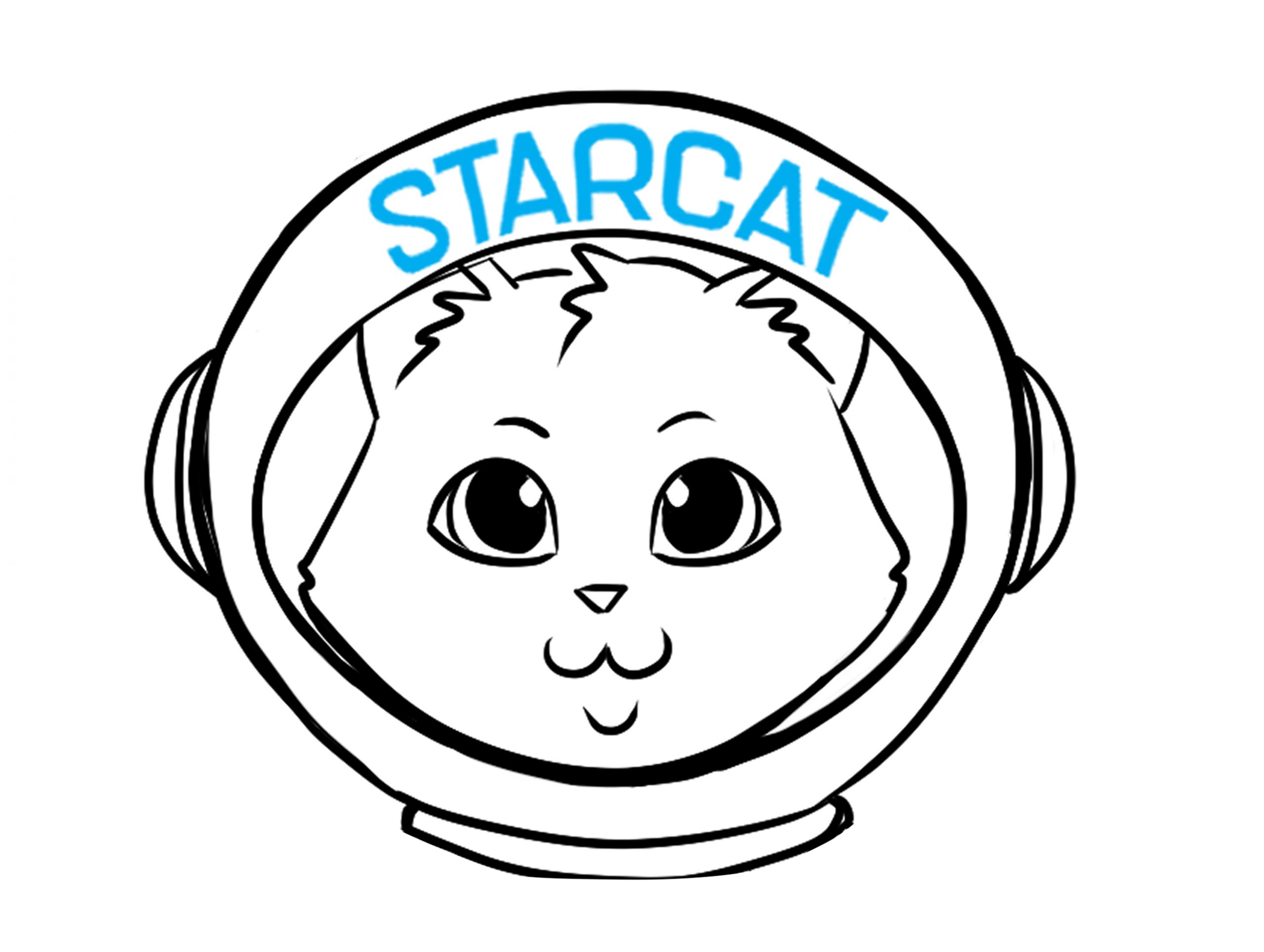I recently sat in on a webinar entitled, Striving for Accessibility in Library Services, presented by Nazely Kurkjian, Coordinator of Disability, Diversity, and Nontraditional Student Services from the State University of New York. The webinar focused primarily on accessibility within digital services. Here are a few things to know and share.
Social Model of Disability (as opposed to the Medical Model of Disability) – This model emphasizes the removal of barriers imposed by society within the environment. It is a proactive rather than reactive approach which strives to create accessible environments for everyone (also see universal design).
Assistive Technology – Enhancements to existing technology used by individuals with disabilities to access digital information. Note: The term is actually much broader, but again, the focus of the webinar was digital access. Some examples of assistive technology include screen readers (e.g., JAWS), and the use of closed captioning on videos.
Related Legal Statutes
Rehabilitation Act of 1973 (Section 504 and 508)
American with Disabilities Act of 1990 (Title II and III)
Web Content Accessibility
Some considerations include forms, documents, images, fonts and multimedia
Website Content Accessibility Guidelines (WCAG 2.0 AA)
Process for Improving Accessibility
Create a timeline for improvement (include audit, testing, etc.)
Prioritize (what changes will have the biggest impact)
Make improvements
Solicit feedback from users
Training (be sure staff is aware of accessibility issues)
Watch the full webinar here:


